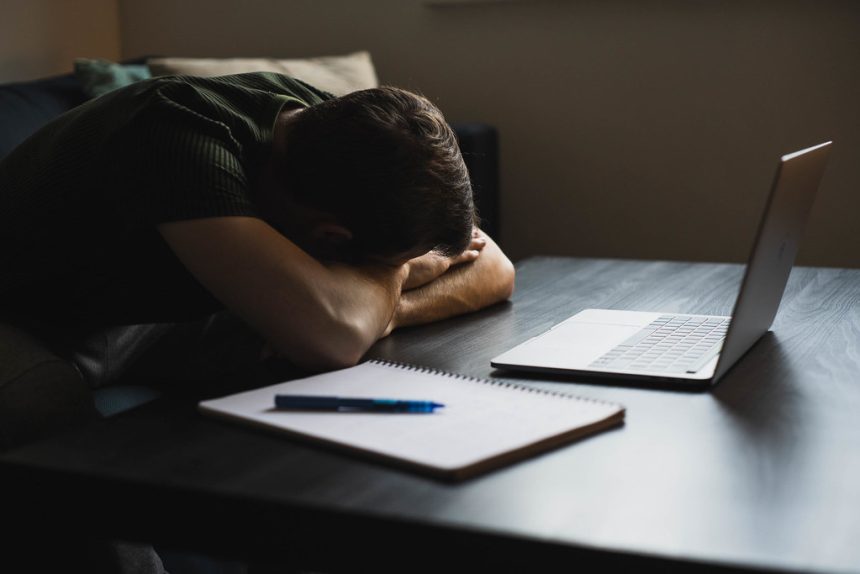We all have them — those days when your brain feels like it’s moving through molasses, your to-do list is judging you, and motivation is nowhere in sight. Whether it’s stress, bad sleep, burnout, or just a mood dip, low-energy days are part of being human.
But what do you do when rest isn’t an option and work still has to get done? Here’s how to meet yourself where you are — and still move forward, gently.
Step One: Ditch the Guilt
The first thing to do is stop beating yourself up. Low-energy doesn’t mean lazy. Energy fluctuates, and so do you. Productivity is not a moral value — you’re allowed to have off days.
Instead of wasting precious energy on self-criticism, accept that today might not be your best. That doesn’t mean it has no value.
Step Two: Trim Your List (Ruthlessly)
Look at your to-do list with a red pen — or better yet, a delete key. Ask yourself:
- What actually must be done today?
- What can be simplified, postponed, delegated, or dropped?
On low-energy days, aim for 1–3 essential tasks. That’s it. Prioritize progress over perfection.
Step Three: Use the “One-Thing” Rule
Choose just one thing to focus on. Not the biggest task. Not the most important. Just the one that feels most manageable.
Set a timer for 20 minutes. Do the thing — even slowly, even badly. Then decide if you can do another. If not, that’s okay. One thing done on a hard day is still a win.
Step Four: Go into “Maintenance Mode”
Low-energy days are great for:
- Answering simple emails
- Cleaning your digital workspace
- Doing admin tasks that don’t require deep thinking
- Reading, organizing, or reviewing things passively
This is the “housekeeping” of work — it may not feel impressive, but it keeps the system running.
Step Five: Adjust the Environment
Sometimes your surroundings make low-energy worse. Try:
- Dimming harsh lights
- Playing low-fi or ambient music
- Switching locations (bed to couch, couch to desk, desk to floor)
- Using scents or stretching to gently wake up the senses
You don’t need to force yourself into a “productivity zone” — just make things a little easier.
Step Six: Say It Out Loud
If possible, tell your manager, team, or even a friend:
“Hey, I’m having a low-energy day — I’m here and doing what I can, but not 100%.”
Being honest sets expectations and reduces pressure. It also models healthy boundaries for others.
Step Seven: Celebrate the Small Wins
At the end of the day, instead of focusing on what you didn’t do, list what you did — however small. Sent an email? Made a call? Got out of bed and logged in? That counts.
Progress on hard days matters more than progress on easy ones — because it requires more courage.
Some Days Just Need to Be Lighter
Low-energy days aren’t failures. They’re signals — to slow down, to listen, to care for yourself in smaller ways.
You do not need to push through or perform at full speed. You just need to adapt. And sometimes, adapting means doing less — with more kindness.











